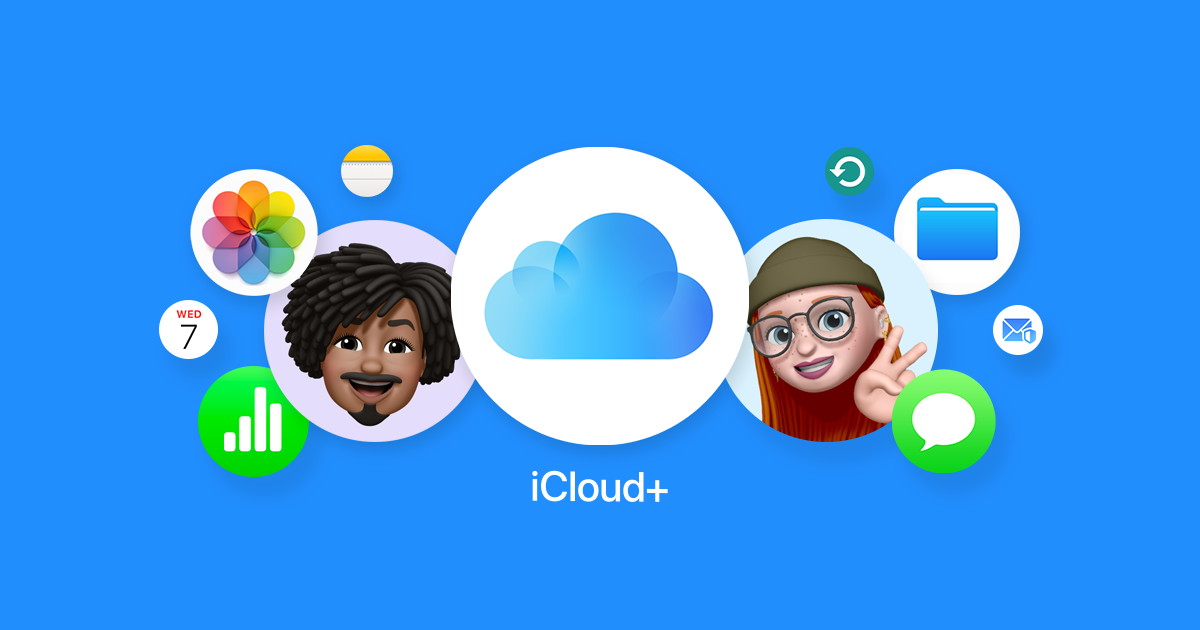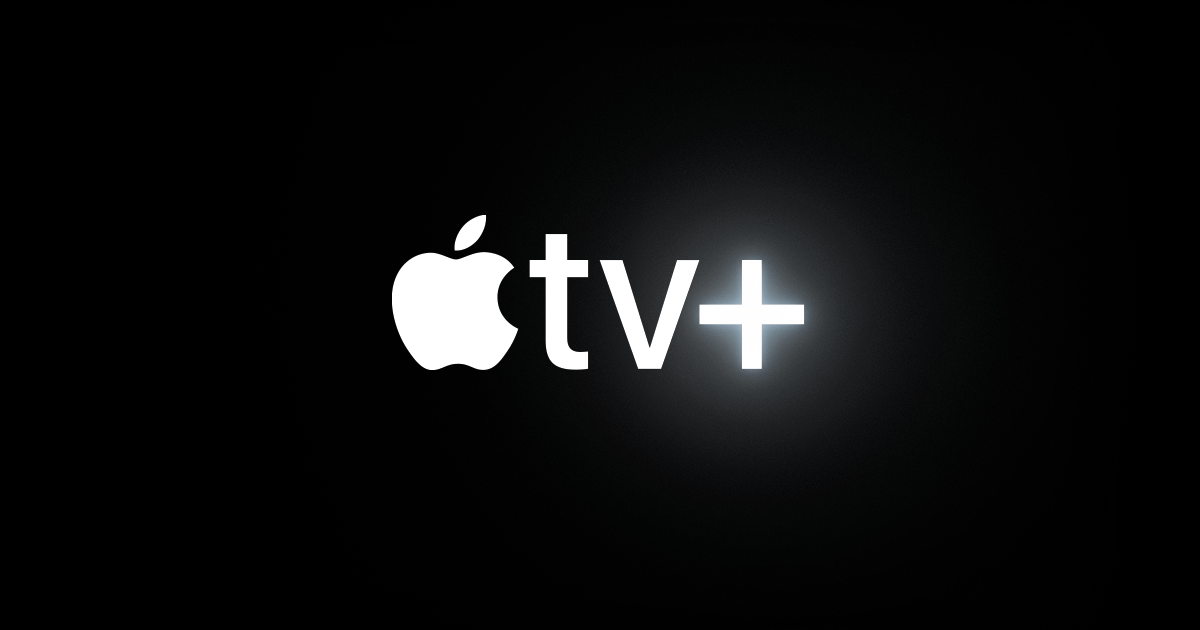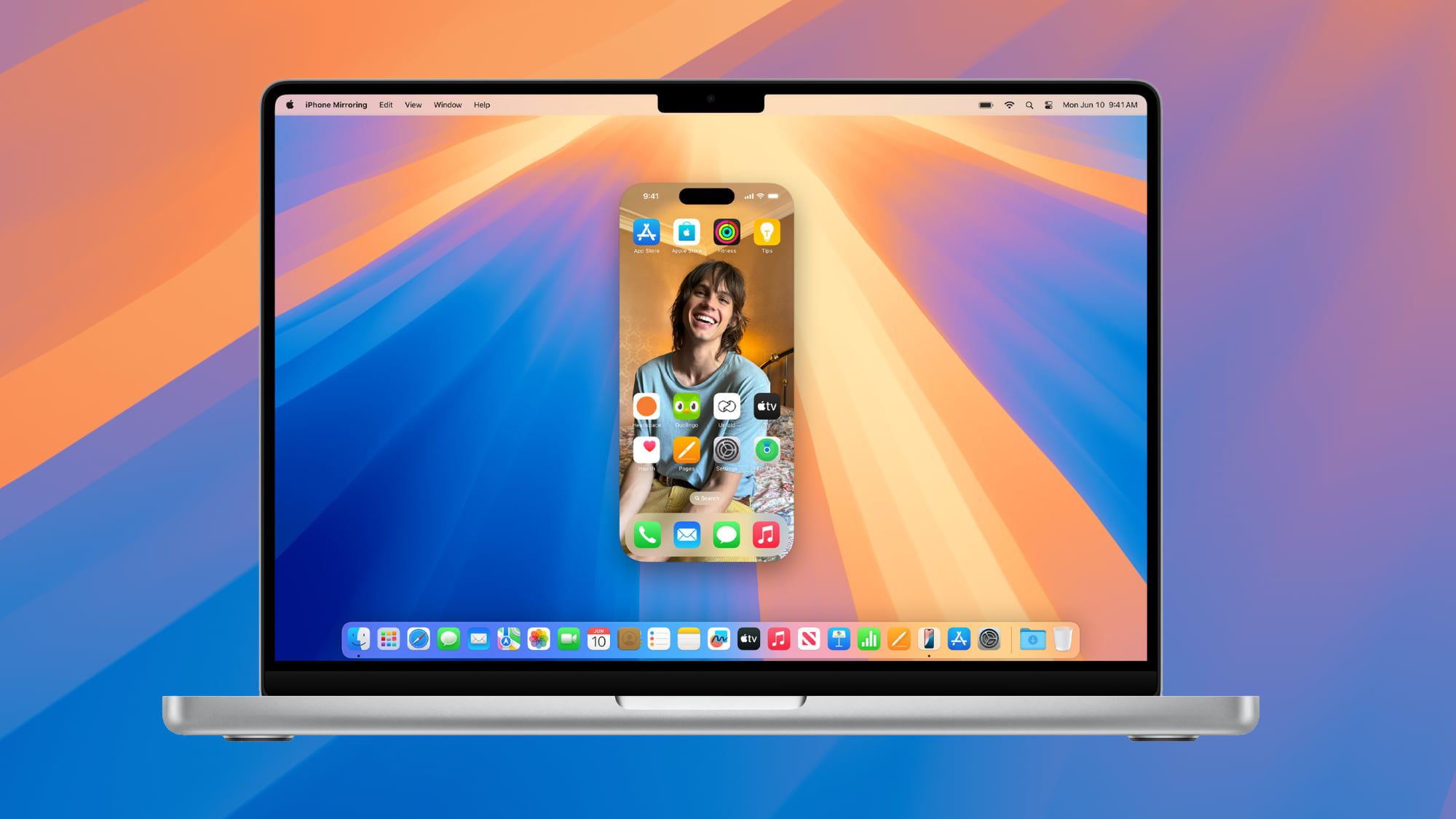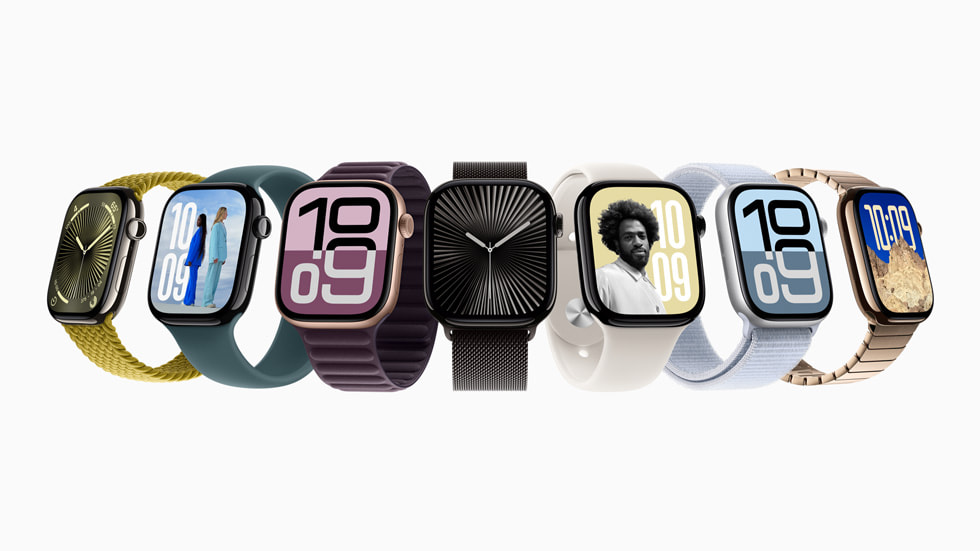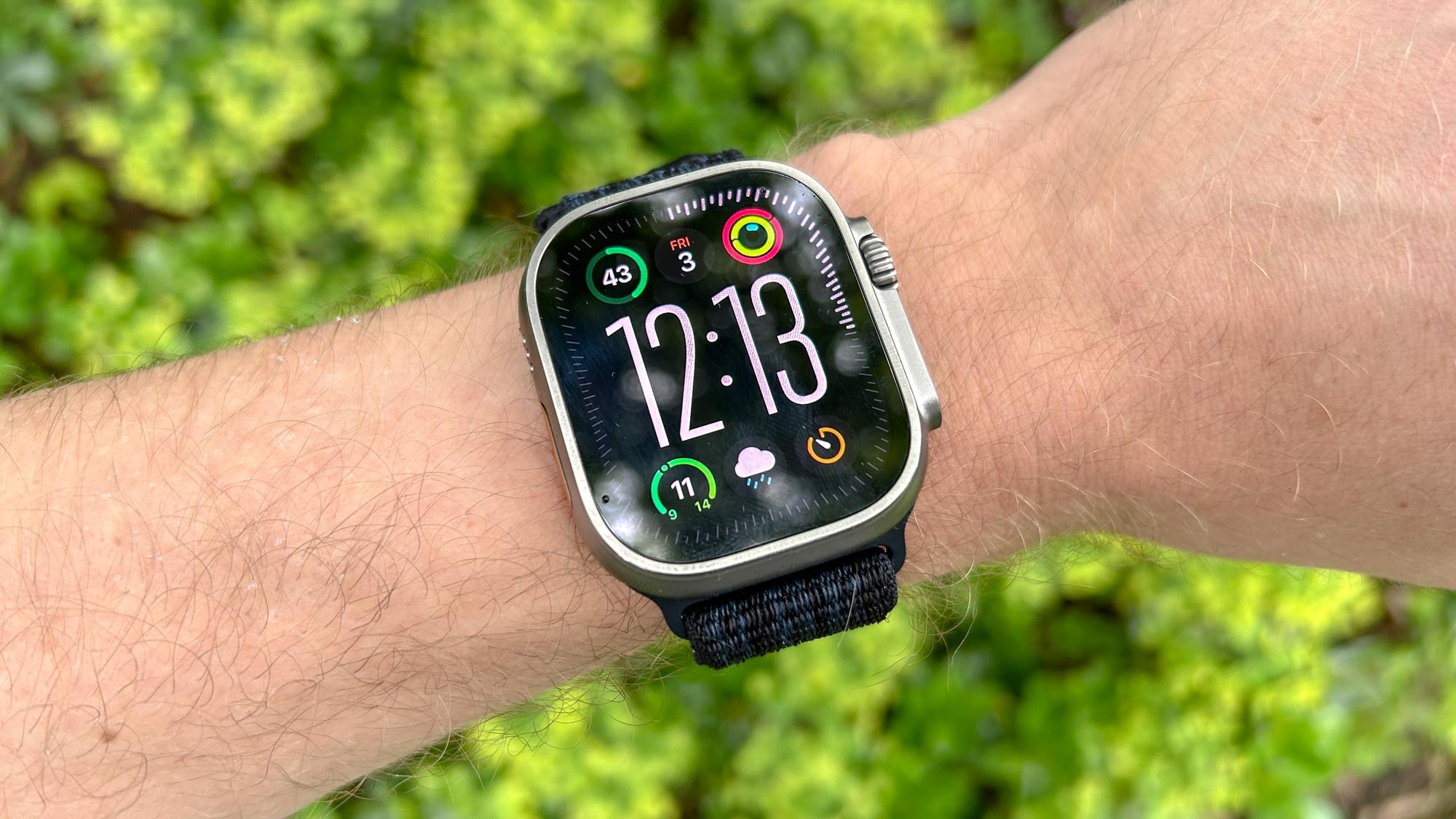If you’re someone who pays for extra iCloud storage on your iPhone, Apple has a nice surprise for you—and it won’t cost you anything more! They’ve added a cool new feature that lets you make invitations right from your phone. This comes through the Apple Invites app, which showed up in the App Store last month.
With this app, anyone who has an iCloud+ subscription can create invites for all kinds of events. Think birthday parties, graduations, baby showers, or even a simple get-together with friends. It’s super easy to use, and the best part? You don’t have to pay extra to enjoy it—it’s included with your iCloud+ plan.
Here’s how it works: you can design an invitation in the app and send it out to people. Anyone can reply to say if they’re coming or not, even if they don’t have an iPhone or an Apple account. That makes it handy for inviting all sorts of people without worrying about what device they use.
Apple’s iCloud+ plans already come with some neat perks, like keeping your online activity private with Private Relay and securing your home videos with HomeKit Secure Video. Now, the Apple Invites app joins the list, giving you a fun and practical way to plan events. Whether you’re paying for 50GB or 2TB of storage, this feature is yours to use.
The app launched quietly, but it’s already making things simpler for iCloud+ users. You can send out invites quickly and keep track of who’s coming—all from one place. It’s a small addition, but it shows Apple’s trying to give you more value for your subscription.
So, if you’re an iCloud+ subscriber, why not give it a try? Next time you’re planning something, open the Apple Invites app and see how it makes things easier. It’s a little bonus that could turn your storage plan into more than just a place to keep photos and files!
